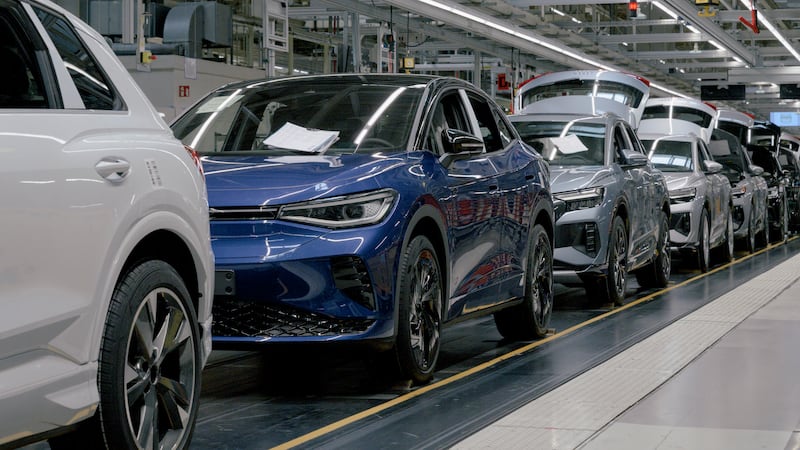Public transport and variable speed limits are the only solutions to congestion on the M50 and multi-point tolling is not the answer, Minister for Transport Shane Ross has said.
Figures from Transport Infrastructure Ireland (TII) show traffic on the route rose by an estimated 3 per cent last year and on November 18th, 2018, approximately 150,000 vehicles passed the eFlow tolling point, compared with an average of 140,000 in 2017.
The TII said last summer that without demand management, including additional tolls, congestion on the M50 will become intolerable.
The agency wants tolls at each junction instead of the current single toll that only one quarter of vehicles using the route will pass.
In an interview with The Irish Times Mr Ross said: "I don't see any prospect of multi-point tolling happening" on the M50 to manage congestion.
The Minister the potential political unpopularity of additional tolls had nothing to do with this stance.
Overcrowded
“Our policy is to get people off the M50 by providing good public transport and reducing the numbers in the long term and we think we are going to achieve that, but it is a long-term thing.
“The M50 is going to continue to be pretty overcrowded until we get people out of their cars. There is no short-term solution,” Mr Ross said.
The Minister pointed to the introduction of variable speed limits in early 2020 as a measure that he said would have a significant impact on congestion.
This will see new laws passed that will allow speed limits of between 60km/h and 80km/h introduced to improve traffic flow and reduce the risk of incidents and will allow speed limits to be changed throughout the day to help even out traffic flows.
Accidents
“One of the problems on the M50 is accidents. The evidence is quite clear that variable speed limits reduce the number of accidents which is one of the main causes of delays on the M50,” Mr Ross said.
Mr Ross said Luas Cross City, which became fully operational last year, was one of a number of interconnected public transport plans for the greater Dublin area and Bus Connects, Park and Ride projects and future Luas lines would all help to remove traffic from the M50.
Congestion in the greater Dublin area is now estimated to cost €350 million a year, a figure set to rise to €2 billion a year by 2033, according to the Department of Transport’s Economic and Financial Evaluation Unit.
















